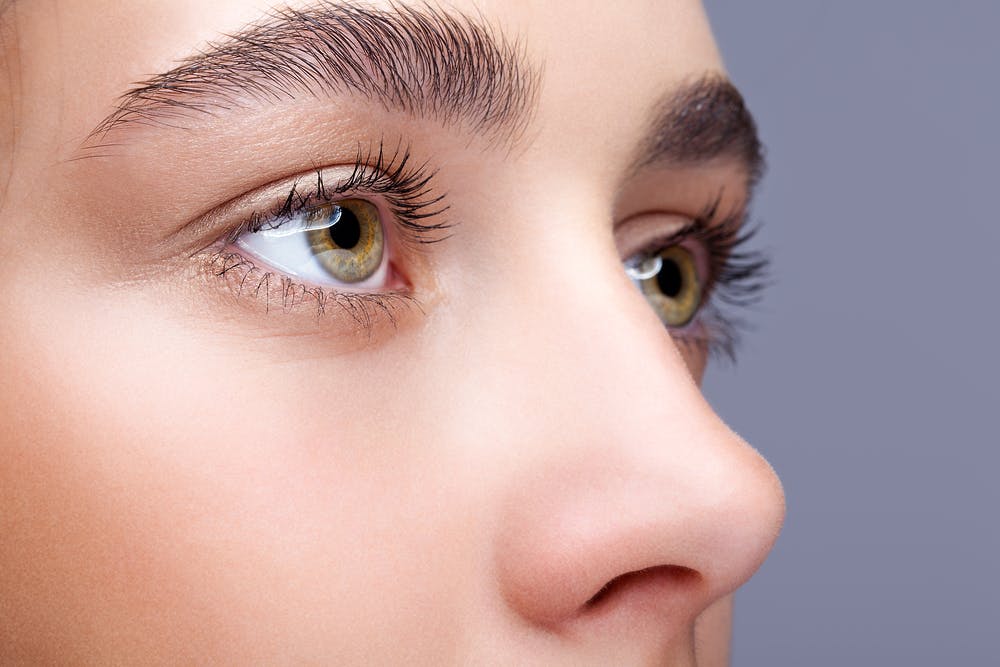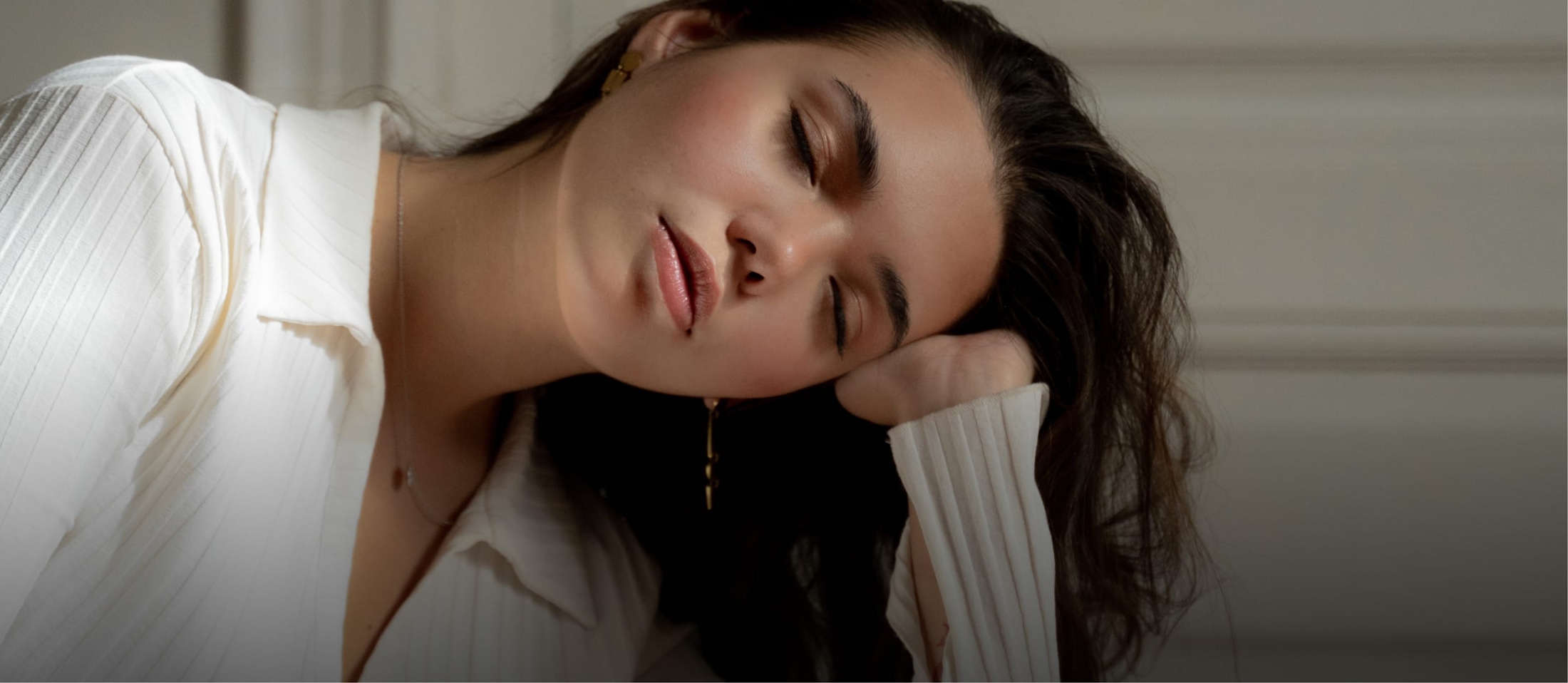
Confused about the difference between open and closed rhinoplasty? You’re not alone. These are two major variations of a widely sought-after cosmetic procedure, each with its unique merits and potential drawbacks. Get an insightful understanding of what these two procedures entail, their similarities, differences, candidate suitability, and even options that don’t require surgery. Read on to make a well-informed decision about which method is right for you!
Understanding the Two Major Rhinoplasty Procedures
Rhinoplasty procedures are typically categorized into two major surgical approaches: open and closed rhinoplasty. The open rhinoplasty technique makes use of a small incision made on the underside of the nasal septum—the soft tissue that separates the nostrils. This approach provides an unparalleled view of the nasal structure that allows for a more detailed surgical procedure.
On the other hand, the closed rhinoplasty procedure operates entirely within the nose. Incisions are made within the nostrils, thus eliminating external scars. Both open and closed rhinoplasty techniques have their unique advantages and disadvantages, with the chosen technique often reflecting the surgeon’s preference and the patient’s anatomy and goals.
Evaluating the Open Rhinoplasty Procedure
The Distinct Advantages of Open Rhinoplasty
In most rhinoplasties performed in Beverly Hills, surgeons lean towards the open technique, primarily because of its clear view of the nasal structure. This surgical approach allows for more precise modification and reconstruction, better aligning with the patient’s aesthetic goals. A meticulous examination of the nasal structure also promotes successful reshaping and contouring, an aspect critical for functional corrections such as improving breathing.
Furthermore, most surgeons prefer this surgical procedure due to the controlled and predictable outcomes it provides, significantly reducing revisions and secondary surgeries. However, like all medical procedures, open rhinoplasty comes with its own set of drawbacks.
Possible Drawbacks of Open Rhinoplasty
Firstly, the external incision needed for the procedure leaves a small scar. While this wound typically heals well and becomes hardly noticeable, it might concern individuals who place a high value on an ‘unoperated’ appearance. Secondly, the open approach tends to disturb the nasal tissues more than its closed counterpart, which might extend the recovery time.
Also, in this technique, more stress is placed on the nasal bones, and it comprehensively exposes the nasal structure, leading to more tissue edema and a longer period of swelling. Consequently, the open procedure can indeed affect the recovery process, adding a slight dread for those squeamish about healing time. It also could interfere with breathing during the recovery period, but these concerns need to be balanced against the significant benefits offered by this technique.
Evaluating the Closed Rhinoplasty Procedure
The Standout Benefits of Closed Rhinoplasty
We cannot overlook the closed rhinoplasty method’s standout benefits, a popular approach among surgeons. First, the closed approach allows for shorter incisions inside the nostrils, which eliminates visible scarring. With advanced surgical techniques used, delicate structures under the skin remain undisturbed. This leads to quicker healing and less post-operative swelling. It also doesn’t significantly alter nasal function, maintaining the natural characteristics of your features.
The closed procedure also results in shorter operation times, another attractive benefit. It can lead to a more predictable and controlled outcome as the structure of the nose remains relatively intact during surgery. This provides an optimal way to enhance your features without compromising the nasal function.
Potential Limitations of Closed Rhinoplasty
Despite its many advantages, the closed rhinoplasty method does come with potential limitations. One main issue is that it affords less visibility to the experienced rhinoplasty surgeon during the operation compared to other cosmetic procedures. This might affect the surgeon’s ability to execute complex alterations. The closed method might also restrict the surgeon’s ability to make substantial changes to the nasal tip, which might not be ideal for all facial aesthetics.
Every individual is unique, and what works best will often depend on various factors. These can include the individual’s facial features, the specific alterations required, the surgical ability of the Beverly Hills surgeon, and personal preference. As with all cosmetic procedures, a thorough consultation is crucial to weigh the pros and cons in line with one’s desired results and personal circumstances.
Similarities Between Open and Closed Rhinoplasty
Both open and closed rhinoplasty approaches aim to improve the facial balance and overall facial appearance of the rhinoplasty patients. They achieve this by modifying a strip of tissue either inside or on the exterior of the nose. These techniques both focus on making calculated changes to enhance facial proportion, giving you the look you desire.
In both procedures, the surgeon’s supreme precision and understanding of the basic anatomy of the nose are decisive in assuring the surgery’s success. The shared goal of these procedures, bringing facial balance and enhancing aesthetics, is a key similarity.
Beyond mere aesthetics, both techniques offer rejuvenating effects, correcting defects resulting from injury or birth irregularities. Regardless of the chosen method, the ultimate objective remains the same: To transform the nose such that it blends seamlessly with other facial features to create a harmonious facial appearance.

Non-Surgical Rhinoplasty: When Surgery Isn’t Required
For individuals who desire changes to their noses but aren’t keen on plastic surgery, non-surgical rhinoplasty comes as a blessing. Utilizing fillers, it resolves an array of aesthetic concerns in a significantly less invasive fashion. The procedure involves non-surgical nose jobs, which are growing in popularity due to their minimal recovery period and low risk.
Evaluating Candidate Qualification for this Rhinoplasty
Candidates for rhinoplasty surgery should ideally have good facial proportions and symmetry. They should also have a clear understanding of their nose’s anatomy and be prepared to undergo a long recovery period.
Open rhinoplasty is typically more complicated than closed rhinoplasty, so those with less experience or who are not confident in their surgical skills may want to consider the closed approach.
Closed rhinoplasty is another option for those who don’t want surgery, but still want to improve their nose. This type of procedure can often resolve many aesthetic concerns without the need for surgery.
Final Thoughts: Making Your Rhinoplasty Decision
Reflecting on your rhinoplasty options is a significant step in your decision-making journey. Take your time to mull over each procedure’s pros and cons, aligning them with your aesthetic goals. Every option mentioned offers a distinct advantage, presenting its potential path to a new you.
Given the complexity of the decision, a second evaluation with your surgeon can give you clarity. Booking another appointment should not be underestimated, as it allows for any lingering questions to be answered and any remaining doubts to be discussed. Remember that your choice should be influenced primarily by your comfort level and satisfaction with the expected results.
Finally, remember that your desired improvements must align with realistic expectations. The final choice should suit your specific needs and circumstances, offering you the best chance of feeling satisfied, confident, and beautiful with your result.
Before deciding on your rhinoplasty procedure, it is pivotal to seek personalized advice from an industry expert. Dr. Mark Glasgold and Dr. Robert Glasgold bring unparalleled expertise in both open and closed rhinoplasty techniques. With their guidance, you can confidently choose the procedure that best suits your aesthetic goals. Schedule a consultation with Glasgold Group experts today and take a step closer to achieving the look you desire.



